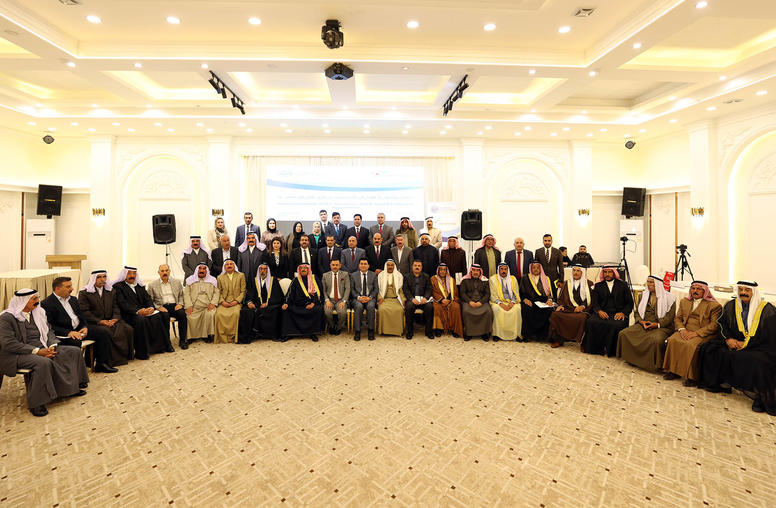The Trump administration’s effort to craft a new White House strategy to defeat the self-styled Islamic State extremist group has revived key questions, such as why young people join such organizations and how to reduce violent extremism or even prevent it in the first place. A recent analysis of studies conducted over the past 18 years reveals significant gaps in research that undermine the ability to curb this pervasive threat.
In Afghanistan, for example, extensive research on groups such as the Taliban or al-Qaeda has often overlooked the role of religious identity or the effect of formal or informal justice systems. Similarly, research on Bangladesh more often has focused on economic development and resource management, neglecting critical trends such as increasing religious fundamentalism and indiscriminate violence.
The findings emerged from a computer analysis of more than 3,100 English-language journal articles from relevant academic fields spanning the past 18 years. The study by the RESOLVE Network, a global consortium of researchers and organizations examining violent extremism, took a comprehensive look at what exactly we have been studying, what we have missed, and how scholarly blind spots impact the ability to implement effective policies and programs.
The analysis revealed an often singular focus on specific locations, conflicts and trends in violent extremism since the 1998 attacks on the U.S. embassies in Kenya and Tanzania. Research often followed the outbreak of violent conflict—in Afghanistan, Pakistan and Iraq, for example—rather than focusing on places where it might still be prevented. So conflict-prone and fragile areas in North Africa and the Sahel—Algeria or Mali, for example—and parts of South Asia and Southeast Asia, received little sustained attention.
While there may be similarities between groups like ISIS in Iraq and Boko Haram in Nigeria, each relies on highly localized narratives of conflict that are likely to resonate with some potential recruits more than others. Crucial topics such as the effect of detention practices or prison management on radicalization, or how nonviolent strategies for preventing extremist violence are rarely examined in any great detail, according to the analysis.
The gaps in research on key regions impacted by extremism means policymakers and practitioners lack the evidence they need to develop the most effective programs to counter violent extremism. So as the United States begins again to recraft its strategy to defeat groups like ISIS, getting the research right is a critical next step.



